When it comes down to professionalism and clarity of communication in the UK trades sector, it could be the deciding factor in you winning or letting a job go. When a customer requests a quote, the emails you send back to the customer are an important part of the quoting process that builds trust in your service and promotes a level of commitment. Using well-made, professional email templates for trade quotes UK business owners can ensure the communication process is streamlined, and every engagement is consistent with the level of quality expected from your brand, as well as increasing the likelihood of converting potential customers into paying clients.
This guide is designed to outline why it’s important to use personalised, strategically designed email templates, as well as best practices regarding email use, and step by step guidance for implementing email templates that truly convert for UK tradesmen with examples, and expert reviews.
Why Use Professional Email Templates for Trade Quotes UK?
When you send a quote, you are not just sending an amount or amounts, you are also reinforcing your service experience, outlining value, and making it easy to say yes. Research shows that response emails that use polite language, concise language, and focus on benefits have conversion rates 30-40% higher than generic emails, or delayed response emails. The trades where trust is paramount, which include plumbing, electrical, building, and landscaping, means each email is an opportunity for you to distinguish you from competing businesses.
Core Benefits:
- Time efficiency: Templates save time while maintaining professionalism.
- Consistency: Every client receives the same quality of communication.
- Personalisation at scale: Easily customised to reflect project details and customer stories.
- Better tracking: Standardised content simplifies monitoring of responses and follow-ups.
Crafting Effective Email Templates: Step-by-Step
- Clear Subject Lines That Prompt Opens
Subject lines impact whether your email is read or ignored. Use precise, client-focused phrases such as:
- “Your Free Quote from [Business Name]”
- “Next Steps on Your Plumbing Quote”
- “Detailed Electrical Service Estimate for [Customer’s Name or Location]”
Short, direct, and relevant subject lines improve interest and trust early.
- Start With a Friendly, Professional Greeting
Address the client by name and thank them for the inquiry. Open with a warm and approachable tone while establishing professionalism. For instance:
“Dear Mr Smith, thank you for considering [Business Name]. We’re excited to help with your home extension project.” - Highlight Your Value and Detailed Quote Information
Clearly explain what the quote includes, not just prices but the benefits, guarantees, and expertise behind the estimate. Use bullet points for clarity. Adding personal stories or examples of similar successful projects builds trust. Here is a formatted example:
- Comprehensive site assessment included
- Use of premium, UK-certified materials
- 10-year workmanship warranty
- Local project references available upon request
- Include Clear Call-to-Action (CTA)
Encourage the next step explicitly:
“Please reply to this email or call us on [phone number] to schedule a site visit or ask any questions.”
Adding urgency (e.g., “limited availability for next month”) can motivate quicker responses. - End With Warmth and Contact Details
Close your email by showing appreciation and reaffirming your availability. Example:
“We appreciate your time and look forward to the opportunity to work with you. Reach us anytime at [phone/email].”
Adding social links or website URLs reinforces your brand and credibility. - Follow-Up Templates
An effective conversion strategy includes follow-up emails days or weeks later:
- “Checking in on Your Quote for [Project Name]”
- “Limited Offer: Book Now for October Renovations”
Follow-ups should be polite, remind the client of benefits, and invite questions, reducing the risk of lost leads.
Real Success Stories: UK Tradesmen Benefiting from Email Templates
- A London-based electrical company adopted custom quote templates and noted a 35% increase in booked jobs over six months, attributed to clearer, more personalised communication.
- A Bristol plumbing firm reduced time spent writing emails by 80%, freeing up hours for site work, while improving customer feedback due to consistent messaging.
- Trades businesses that use follow-ups and personalised offers in emails consistently rank higher in repeat customer rates and earned referrals.
Tips for Selecting or Creating Your Templates
- Tailor templates to reflect your profession and the language of your local area (UK spelling, localised references).
- Make layouts mobile-friendly as most quotes are opened on phones.
- Use natural and everyday language so that all clients can understand regardless of their level of experience of your profession.
- Use elements common in professional branding such as logos, fonts and colours to create familiarity.
Common Mistakes to Avoid
- Sending generic, ignored cold emails lacking personalisation leads to lost opportunities.
- Overloading emails with technicaljargon or long paragraphs causes confusion.
- Failing to include clear contact details or CTAs frustrates potential customers.
- Not following up often lets leads slip away without engagement.
Conclusion
For tradespeople in the UK, professional communication in the form of well-written, professional email templates for trade quotes UK is a real game changer. Consistency, clarity, and warmth in emails builds trust, reduces response time, and converts quotes into paying clients.
Tradedesign.uk has a unique set of email templates and communication training designed for trades, that enables businesses from plumbers to builders to maximise every inquiry into potential customers and make them clients for life.






